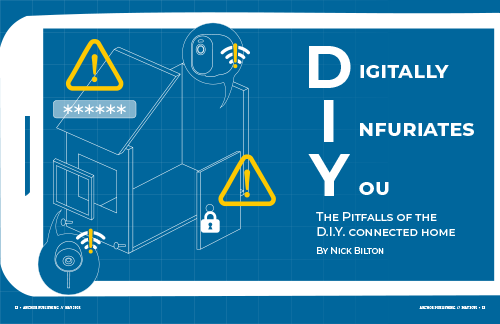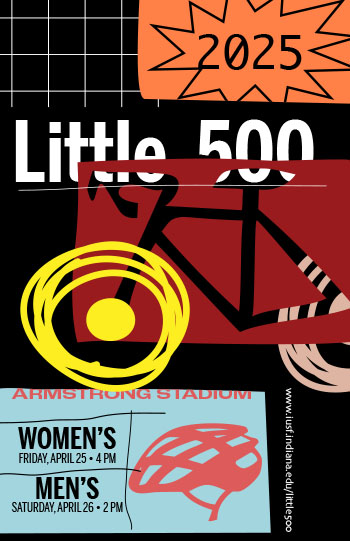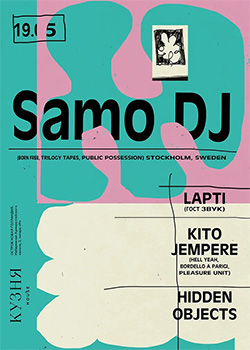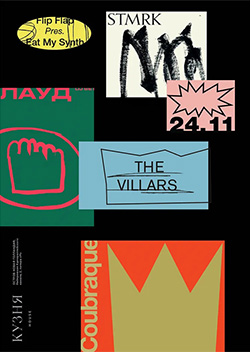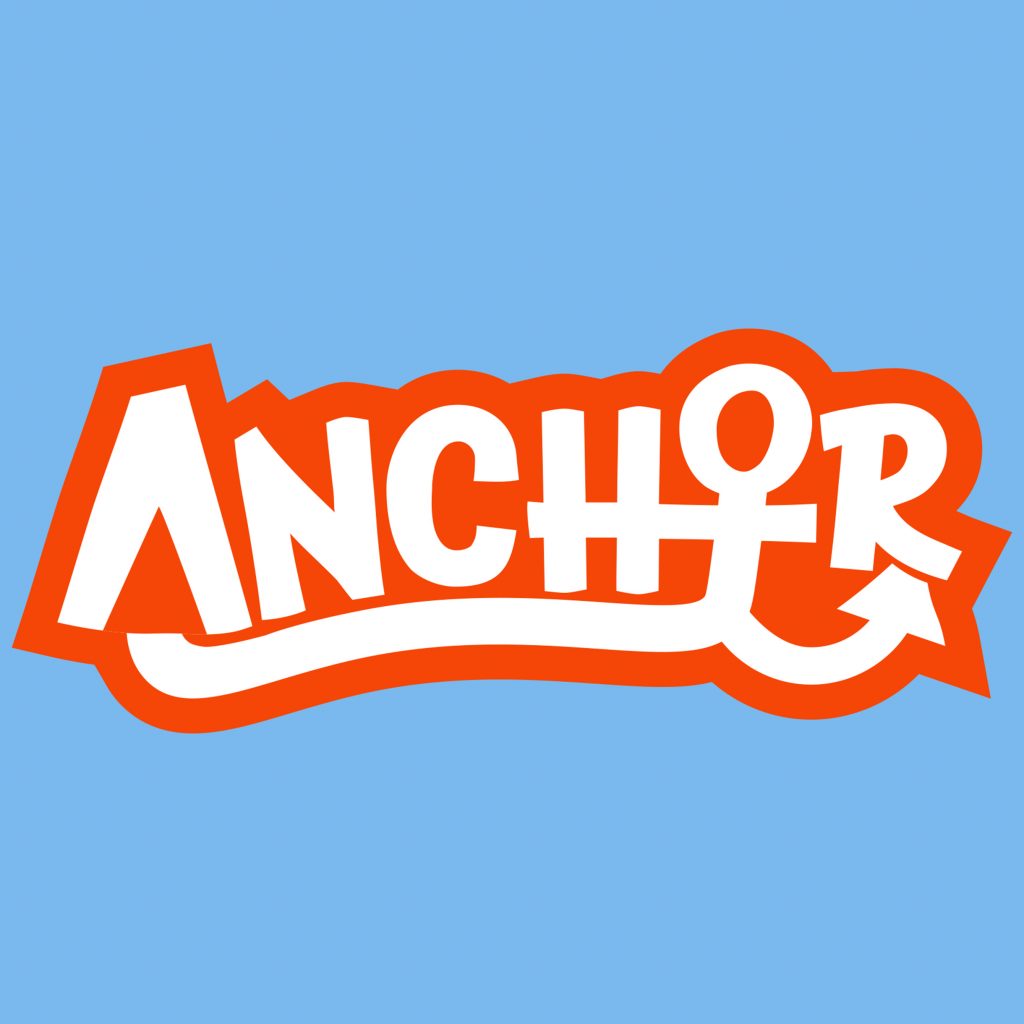The animation begins with air bubbles flying upwards to represent that it is taking place underwater. The background begins with a light blue gradient, and slowly fades into a darker blue gradient to resemble that the anchor sunk deeper in the ocean, setting the environment of the brand. An anchor falls on screen, causing the rest of the letters for the logo to fall into place, creating the completed logo.
Sound effect also plays a role. I utilized a heavy collision sound when the anchor hits the bottom to represent the sturdiness of the anchor. In contrast, the letters are a lighter, pop sound to resemble the other brand’s tone of friendliness.
Some details I focused on were the subtle knock-back effect of the letters. After the initial impact, it jumps up and rotates slightly, and falls into its place to make the objects more lively. The bubbles also move separately, each moving on its own pace and path to make it feel realistic.
The biggest struggle I had was the transition of the first anchor when it was sinking into the stretched-out anchor for the final logo. To cover this, I created them to be two different anchors, with each part in a separate layer. If you look closely, you can notice the initial arrow starts to fade out as the new arrow appears. I attempted to cover this with the fast tempo transition, but in future projects, I would like to know a different solution to better execute this.

